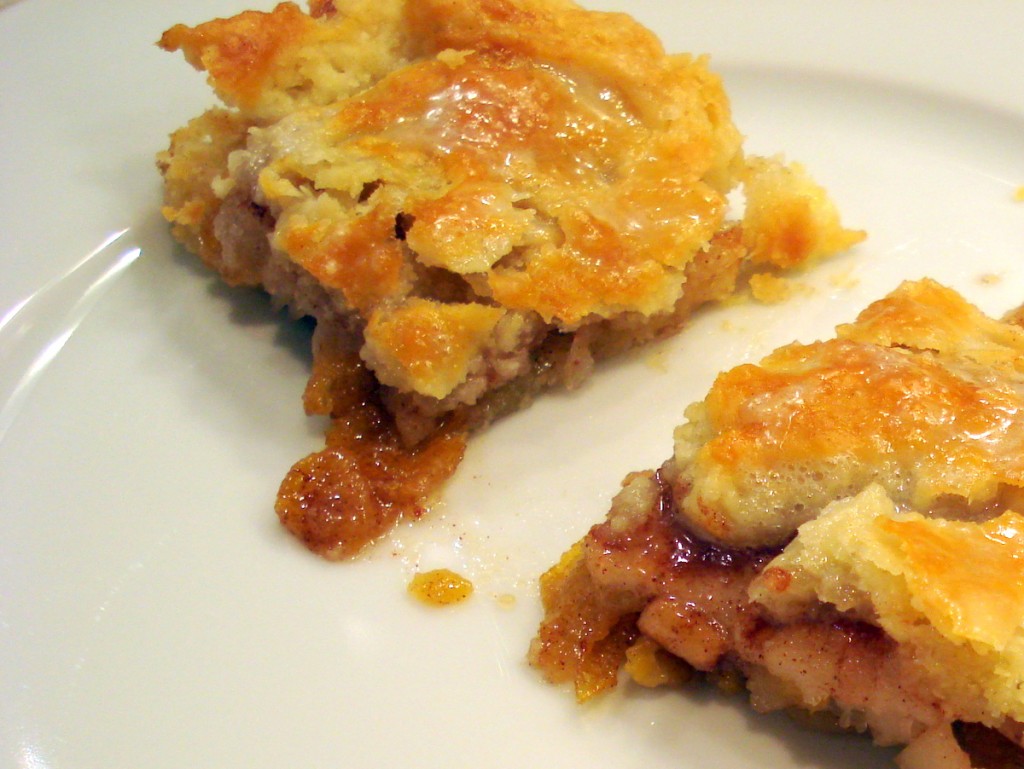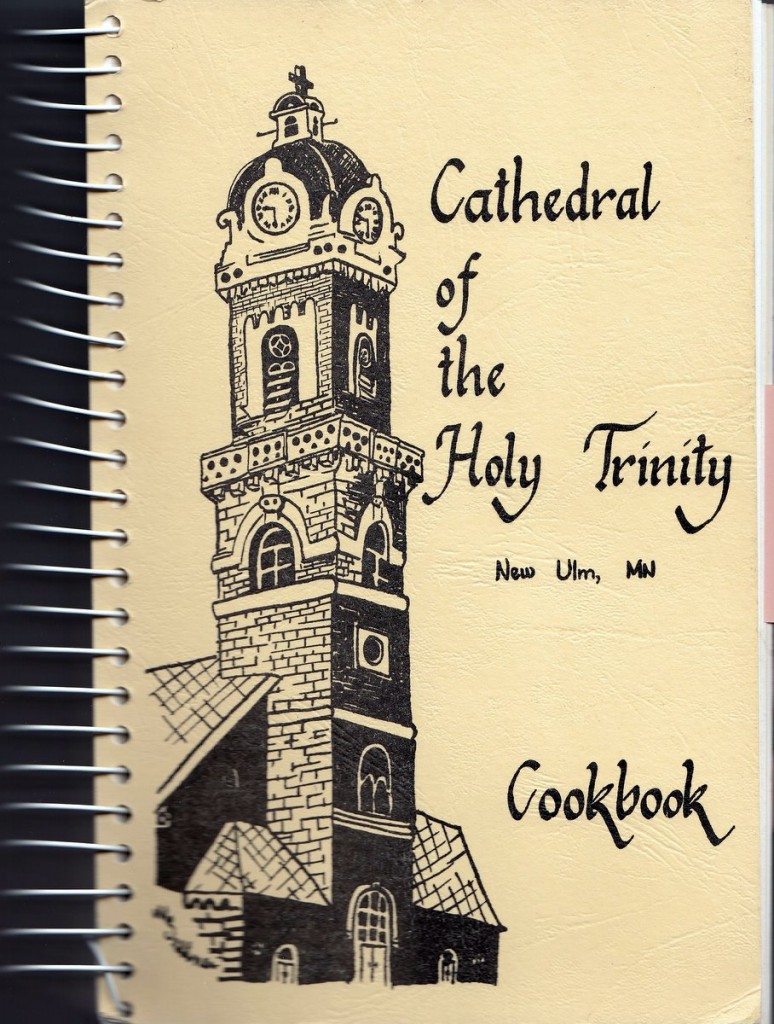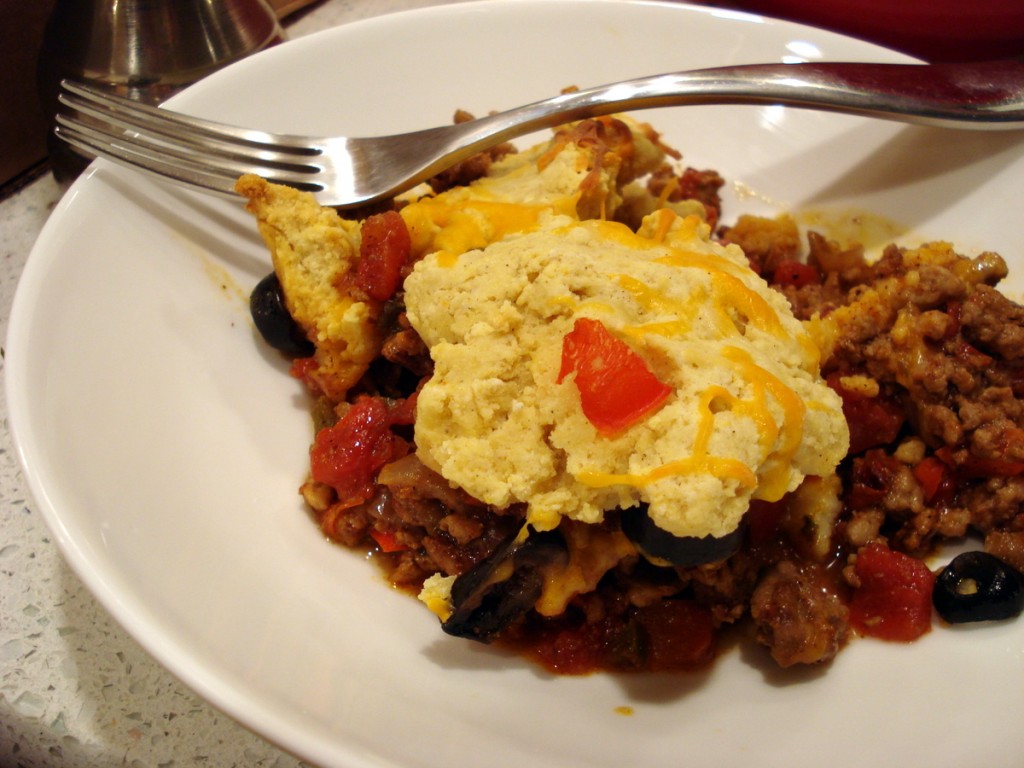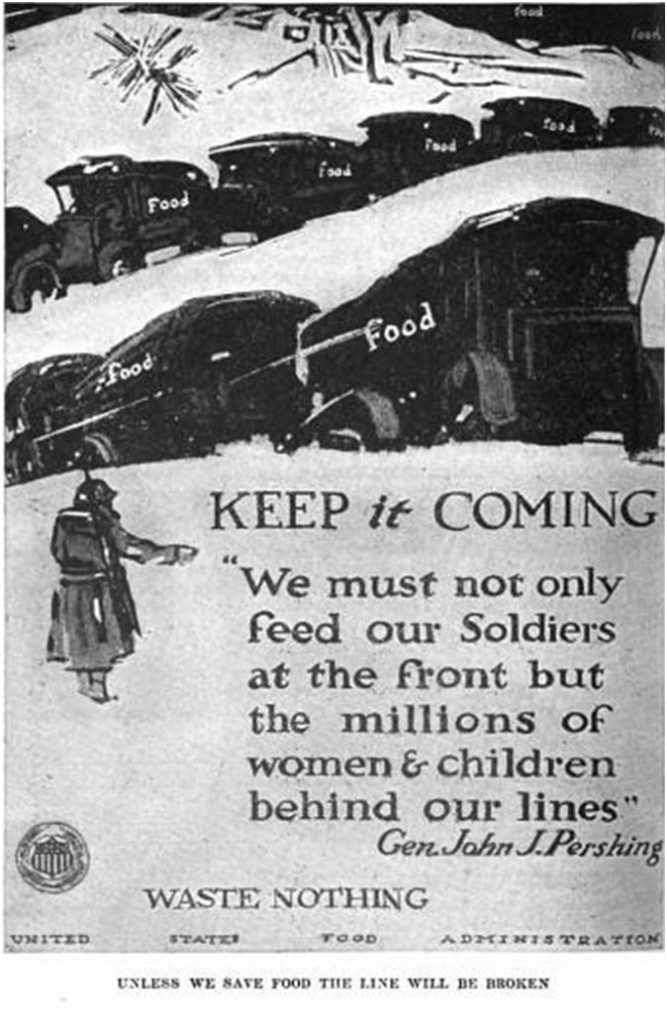Cookbook Spotlight
Unlike most of the cookbooks I’ve featured here, this week’s cookbook is easily accessible at your local bookstore or library.  It’s the original New York Times Cookbook, by Craig Claiborne!  I found a first edition (1961) at a local thrift-store a while back and I have to say that I’ve been incredibly impressed by the breadth and quality of its recipes.  This cookbook also does vintage cookbooks everywhere a public service: it’s not filled to the brim with recipes for Jello salad and other stereotypical retro recipes.  Instead, the New York Times Cookbook has a wide-variety of international recipes as well as more standard fare.  In short, it’s a must-have for your cookbook shelf!
One note about this cookbook: it was revised in 1990 and 40% of the original recipes were changed, so I’m not sure if the recipe I’m making this week is in the updated edition or not.
Working for the Weekend
We sprang forward last weekend, and Seattle sprang with it. Â The crocuses have been up for a few weeks, but its just now that the cherry blossoms have begun to look like cotton candy. Â At Chez Butter, our Asian pear tree has just started to bloom, and the ubiquitous grape hyacinths have taken over our overgrown flowerbeds. Â So, as you can imagine, my eyes are swimming in newly-found colors!
Beware of the Green Beer!
I hope that everyone has a fun (and safe) Saint Patrick’s Day! Â I was going to try and find a recipe that involved green jello and pistachios, but I don’t want you to lose your lunch entirely. Â So in lieu of a jello mold, I give you a hangover cure, straight from my 1958 cocktail guide! Â Enjoy! Â (And let me know if drinking olive oil before you drink helps to avoid a hangover.) Â Apparently CNN and I are thinking alike today, as they also have an article on hangover remedies.
A Horse Walks into a Bar
The above photo is from Aquavit to Zombies, a cocktail guide published in 1957 that I found at a local thrift shop.  As I flipped through its alphabetized entries, I found a cocktail that was unfamiliar to me.  Not that I know the name of every cocktail on earth, but the ones made up of simple ingredients tend to be the most long-lived and popular.  Why, then, hadn’t I heard about a Horse’s Neck?  Here’s what Aquavit to Zombies had to say on the matter.
Cookbook Spotlight
And now for something completely different! Â Well, somewhat different. Â Last week, while scanning the shelves at a local thrift store, a small, orange book caught my eye. Â So our next recipe will be served with a twist!
It was too cute not to pick up! Â Illustrated by Ruth McCrea and published in 1957, Aquavit to Zombie: Basic and Exotic Drinks is an A-to-Z guide to cocktails and alcohol. Â The illustrations in the books are simply amazing. Â Here’s a video that features more of McCrea’s illustrations!
An Apple A Day
It took us a long time to choose a recipe from the Cathedral of Holy Trinity’s Cookbook, which is featured in our previous post. Â Since we made a casserole last week, we decided on another mid-western staple: the bar cookie. Â Kevin has been super-busy at work lately and I know the other engineers could use some treats to help them get through their long days, so cookie-bars seemed like a perfect choice. Â Moreover, we had some apples that needed a new lease on life, so we decided on Apple Bars! Â I was a little skeptical about the ingredient list (mainly the Corn Flakes), but they turned out perfectly!
Cookbook Spotlight
I love my collection of vintage cookbooks. Â I especially enjoy paging through the spiral-bound cookbooks that are printed by community and church groups. Â I find most of these at thrift stores for just a few dollars and they always have great local dishes. Â The cookbook I’m featuring in today’s post is produced by the Parish Council of Catholic Women of the Cathedral of the Holy Trinity in New Ulm, Minnesota. Â This cookbook has many recipes that reflect New Ulm’s rich German heritage, including one for Essigkraut that I can’t wait to try. Â There’s also many recipes dedicated to Minnesota’s famous casseroles or hot-dishes!
Later this week, I’ll be posting a recipe from the cookbook, so check back!
Our Recipe for Tamale Pie
We’ve had a fun time researching Tamale Pie this week. Â Since there were so many different versions to choose from, we decided to combine aspects of many different recipes. Â What we created is Bit of Butter’s own rendition of Tamale Pie! Â In the end, we really liked our results: the filling was hearty, but very flavorful, and the masa topping was a great accompaniment!
Tamale Pie: Day 4ish
Kevin and I went to see Chicago last night, so we were bad bloggers and didn’t have time to post. Â Fear not, dear readers, we have an extra-special recipe of Tamale Pie for you today from Recipes from the St. Anthony Community Hospital Guild Pocatello, Idaho, published in 1971. So, thank you Ruth A. Bogert for giving us the wildest version of Tamale Pie I’ve ever seen!!
 First of all, I love that each recipe in this cookbook is handwritten by the members of the Hospital Guild. Â Secondly, as I mentioned above, Ruth’s recipe is not your run-of-the mill Tamale Pie! Â First of all, she includes four different types of protein instead of just the usual two. Â Ruth adds veal and smoked ham into the protein mix, which gives an added flavor boost to the dish. Â She also adds a can of stuffed olives instead of the much-loved black olives. Â I’m assuming the type of olives Ruth had in mind would be pimento-stuffed olives, which would give her Tamale Pie some added spice.
First of all, I love that each recipe in this cookbook is handwritten by the members of the Hospital Guild. Â Secondly, as I mentioned above, Ruth’s recipe is not your run-of-the mill Tamale Pie! Â First of all, she includes four different types of protein instead of just the usual two. Â Ruth adds veal and smoked ham into the protein mix, which gives an added flavor boost to the dish. Â She also adds a can of stuffed olives instead of the much-loved black olives. Â I’m assuming the type of olives Ruth had in mind would be pimento-stuffed olives, which would give her Tamale Pie some added spice.
Finally, Ruth’s recipe highlights something that Kevin and I have been noticing in a few recipes we’ve found: instead of layering the protein and cornmeal, this recipe mixes everything together, creating a meat-loaf of sorts. Â My grandmother’s recipe for Tamale Pie (which she used when she worked as a lunch lady at the local school district) is also of this variety. Â I’m not sure when this type of Tamale Pie started, but it makes the recipe easier and it also makes the dish accessible to more cooks since it resembles more common dishes like meat-loaf.
Tamale Pie: Day Three
In my quest to research Tamale Pie for you, dear readers, I tracked down another recipe that was included in a book called Our Country’s Call to Service: A Manual of Patriotic Activities Through the Schools, published in 1918. Â (The entire book is freely available here!)Â Â I bet you didn’t know that Tamale Pie was patriotic, did you? Â The recipe is featured in a section called “Saving Food,” where wives are tasked to conserve supplies during wartime. Â The cookbook includes the following illustration just pages before the recipe for Tamale Pie.
Tamale Pie is included in a section on Meat Pies called “Meat Saving Recipes” that “make a little meat go a long way” in an attempt to conserve food during World War I.
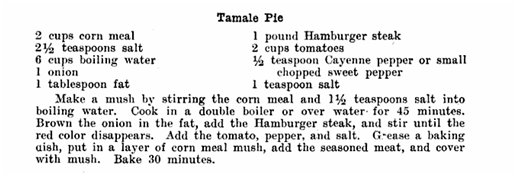 As you can see, the above version of Tamale Pie distills the recipe to its most basic ingredients in order conserve as much money and food as possible. Â Unlike many of the later versions of Tamale Pie, this early version is made without expensive dairy products.
As you can see, the above version of Tamale Pie distills the recipe to its most basic ingredients in order conserve as much money and food as possible. Â Unlike many of the later versions of Tamale Pie, this early version is made without expensive dairy products.







